
Music and cryptocurrencies are merging in cryptomusic, which is the digitalization of musical productions that are stored and played on the blockchain.
Cryptomusic seeks to give artists more control over their careers and for fans to be able to support them directly.
Many commentators have already pointed out that community building is important to the success of NFT projects. In the absence of a centralized platform to help disseminate content on a large scale, NFT artists have to rely on their own personal networks and connections to spread the word. In many ways, that requires a different set of skills than music production, namely a lot of soft skills and some financial acumen, at least enough to know when to say yes or no to an opportunity.
However, these skills are not taught in traditional music programs. Instead, they focus largely on vocal technique and music history, which are useful to a greater or lesser extent, but not enough on their own for a successful career as a musician. That's part of the reason record labels and centralized entities were so useful: they helped fill a gap that many musicians had through no fault of their own.
But creating a community is not just a means to sell NFT, but a highly interactive and dynamic process that feeds an artist's underlying artistry. Unfortunately, the usual centralized model of media and entertainment not only forces musicians to part with most of their potential revenue, but also their rights and governance. They can't even make decisions about their own music without getting approval from their controlling entity.
While that may be fine with some, artists are generally loathe to give up that kind of autonomy and creative control, especially when they don't receive good compensation for it. Performer salaries are projected to experience limited growth in the coming years, suggesting that little is going to change unless we change the current trajectory.
Music was never designed for centralization. Artists create experiences for others to enjoy with others. While labels may talk about creating a community, the proof is that all musicians struggle, and often not for lack of talent, but for lack of financial and business savvy that leads them to sign contracts with labels that do not serve their interests. Fortunately, we are seeing the emergence of decentralized options, such as the recent announcement of MuseDAO, which aims to bring together classical musicians and spearhead local gatherings and meetings with the goal of enjoying and growing the culture.

La música y las criptomonedas se fusionan en la criptomúsica, que es la digitalización de producciones musicales que se guardan y se reproducen en el blockchain.
La criptomúsica busca que los artistas tengan más control sobre sus carreras y que los fans puedan apoyarlos directamente.
Muchos comentaristas ya han señalado que la creación de comunidades es importante para el éxito de los proyectos NFT. En ausencia de una plataforma centralizada que ayude a difundir el contenido a gran escala, los artistas de NFT tienen que confiar en sus propias redes y conexiones personales para correr la voz. En muchos sentidos, eso requiere un conjunto diferente de habilidades que la producción de la música, a saber, muchas habilidades blandas y cierta astucia financiera, al menos lo suficiente para saber cuándo decir sí o no a una oportunidad.
Sin embargo, estas habilidades no se enseñan en los programas de música tradicionales. En su lugar, se centran en gran medida en la técnica vocal y la historia de la música, que son útiles en mayor o menor medida, pero no son suficientes por sí solas para una carrera de éxito como músico. Esa es en parte la razón por la que los sellos discográficos y las entidades centralizadas fueron tan útiles: ayudaron a suplir una carencia que muchos músicos tenían sin tener la culpa.
Pero la creación de una comunidad no es sólo un medio para vender NFT, sino un proceso muy interactivo y dinámico que alimenta el arte subyacente de un artista. Por desgracia, el modelo centralizado habitual de los medios de comunicación y el entretenimiento no sólo obliga a los músicos a desprenderse de la mayor parte de sus posibles ingresos, sino también de sus derechos y su gobernanza. Ni siquiera pueden tomar decisiones sobre su propia música sin obtener la aprobación de su entidad de control.
Aunque a algunos les parezca bien, los artistas en general detestan renunciar a ese tipo de autonomía y control creativo, sobre todo cuando no reciben una buena compensación por ello. Se prevé que los salarios de los artistas intérpretes o ejecutantes experimenten un crecimiento limitado en los próximos años, lo que sugiere que poco va a cambiar a menos que cambiemos la trayectoria actual.
La música nunca fue diseñada para la centralización. Los artistas crean experiencias para que otros las disfruten con otros. Aunque las discográficas hablen de crear una comunidad, la prueba está en que todos los músicos tienen dificultades, y a menudo no por falta de talento, sino por falta de conocimientos financieros y empresariales que les llevan a firmar contratos con discográficas que no sirven a sus intereses. Afortunadamente, estamos asistiendo a la aparición de opciones descentralizadas, como el reciente anuncio de MuseDAO, cuyo objetivo es reunir a los músicos clásicos y encabezar encuentros y reuniones locales con el objetivo de disfrutar y hacer crecer la cultura.
Immersive digital experiences. / Experiencias digitales inmersivas.
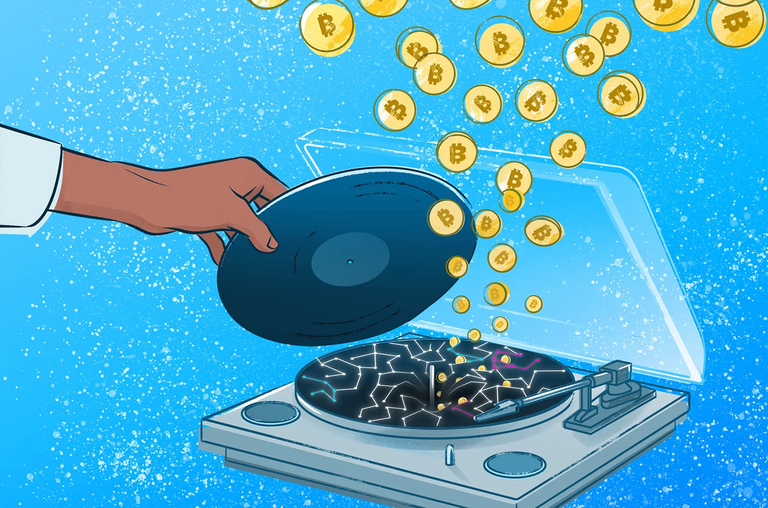
Previous Cointelegraph coverage has already highlighted the financial benefits that music NFTs offer artists through initial sales. You don't have to look too far to see the windfall profits that talented musicians have taken home, most notably Justin Blau, known under his stage name 3LAU, as one of the first movers through his launch of NFT Ultraviolet last year.
What the latest streaming figures highlight, however, is that there is a growing audience for music NFTs beyond mere streaming; if that were all, we would expect to see steady, not exponential, growth. Instead, we see continued momentum as consumers look for more audio and video content to consume and enrich their lives rather than traditional print media.
NFTs have the potential to unlock an incredibly exciting and new market in the creative economy. If we think of artists - and content creators in general - as people who help build experiences for others, NFTs become the vehicle for conveying and authenticating unique artistic content.
While there has been talk of buying music-related NFTs in the metaverse, especially for fashion, imagine if creators came together in the metaverse to create immersive digital experiences that combine audio, images and potentially other forms of content simultaneously. The creative options are limitless, and NFTs can be used to facilitate more than just leisure activities: such immersive experiences can also directly promote educational and training needs.
While there are now several examples, Arizona State University, in partnership with Dreamscape Immersive, launched the Dreamscape Learn project in 2020. As Michael Crow, president of Arizona State University, said:
“We have always known that there is tremendous potential to unlock new realms of learning for students by merging virtual reality, and all that it empowers educationally and socially, with advanced, adaptive educational experiences.”
While there are now several examples, Arizona State University, in partnership with Dreamscape Immersive, launched the Dreamscape Learn project in 2020. As Michael Crow, president of Arizona State University, said:
“We have always known that there is tremendous potential to unlock new realms of learning for students by merging virtual reality, and all that it empowers educationally and socially, with advanced, adaptive educational experiences.”
The latest streaming revenues and expansion of the music sector is great news for content creators in general. The data shows that there is more demand than supply, so NFT and Web3 tools are poised to help creators leverage these trends to not only be financially sustainable, but also to create even more engaging and immersive experiences in the metaverse for society at large.
This article does not contain investment advice or recommendations. Every investment and trading move involves risk, and readers should conduct their own research when making a decision.
The views, thoughts and opinions expressed herein are those of the author alone and do not necessarily reflect or represent the views and opinions of Cointelegraph.
Christos A. Makridis is a research affiliate of Stanford University and Columbia Business School, and the chief technology officer and co-founder of Living Opera, a Web3 start-up multimedia arts and technology company. He holds PhDs in economics and management science and engineering from Stanford University.

La cobertura anterior de Cointelegraph ya ha destacado los beneficios financieros que los NFT musicales ofrecen a los artistas a través de la venta inicial. No hace falta mirar demasiado lejos para ver las ganancias inesperadas que los músicos con talento se han llevado a casa, sobre todo Justin Blau, conocido bajo su nombre artístico 3LAU, como uno de los primeros en moverse a través de su lanzamiento de NFT Ultraviolet el año pasado.
Sin embargo, lo que ponen de relieve las últimas cifras sobre el streaming es que existe un público creciente para los NFT musicales más allá del mero streaming; si eso fuera todo, esperaríamos ver un crecimiento constante, no exponencial. En cambio, observamos un impulso continuo a medida que los consumidores buscan más contenidos de audio y vídeo para consumir y enriquecer sus vidas en lugar de los medios impresos tradicionales.
Los NFT tienen el potencial de desbloquear un mercado increíblemente emocionante y nuevo en la economía creativa. Si pensamos en los artistas —y en los creadores de contenidos en general— como personas que ayudan a construir experiencias para otros, los NFT se convierten en el vehículo para transmitir y autentificar contenidos artísticos únicos.
Si bien se ha hablado de comprar NFT relacionados con la música en el metaverso, sobre todo para la moda, imagínese si los creadores se unieran en el metaverso para crear experiencias digitales inmersivas que combinen audio, imágenes y potencialmente otras formas de contenido simultáneamente. Las opciones creativas son ilimitadas y los NFT se pueden usar para facilitar más que solo actividades de ocio: tales experiencias inmersivas también pueden promover directamente las necesidades educativas y de capacitación.
Aunque ahora hay varios ejemplos, la Universidad Estatal de Arizona, en asociación con Dreamscape Immersive, lanzó el proyecto Dreamscape Learn en 2020. Como dijo Michael Crow, presidente de la Universidad Estatal de Arizona:
“Siempre hemos sabido que existe un enorme potencial para desbloquear nuevos ámbitos de aprendizaje para los estudiantes al fusionar la realidad virtual, y todo lo que potencia educativa y socialmente, con experiencias educativas avanzadas y adaptables”.
Los últimos ingresos de streaming y la expansión del sector de la música son una gran noticia para los creadores de contenido en general. Los datos muestran que hay más demanda que oferta, por lo que las herramientas NFT y Web3 están preparadas para ayudar a los creadores a aprovechar estas tendencias no solo para ser financieramente sostenibles, sino también para crear experiencias aún más atractivas e inmersivas en el metaverso para la sociedad en general.
Este artículo no contiene consejos o recomendaciones de inversión. Cada movimiento de inversión y comercio implica un riesgo, y los lectores deben realizar su propia investigación al tomar una decisión.
Los puntos de vista, pensamientos y opiniones expresados aquí son solo del autor y no reflejan ni representan necesariamente los puntos de vista y opiniones de Cointelegraph.
Christos A. Makridis es un afiliado de investigación de la Universidad de Stanford y la Escuela de Negocios de Columbia, y el director de tecnología y cofundador de Living Opera, una empresa emergente de Web3 de arte y tecnología multimedia. Tiene doctorados en economía y ciencias administrativas e ingeniería de la Universidad de Stanford.
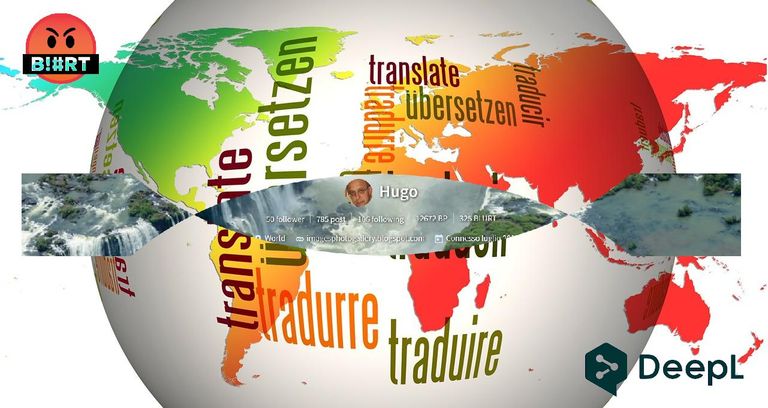

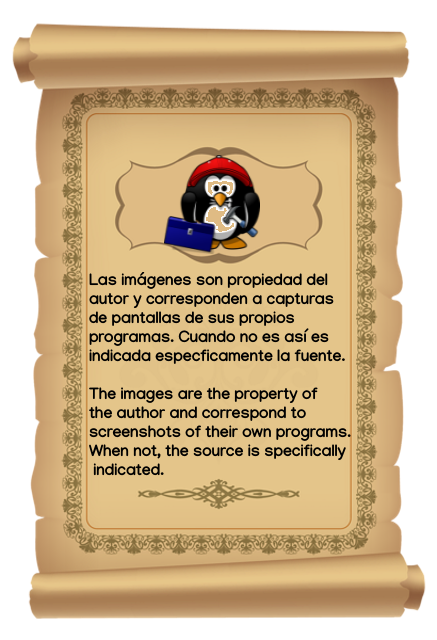
| Blogs, Sitios Web y Redes Sociales / Blogs, Webs & Social Networks | Plataformas de Contenidos/ Contents Platforms |
|---|---|
| Mi Blog / My Blog | Los Apuntes de Tux |
| Mi Blog / My Blog | El Mundo de Ubuntu |
| Mi Blog / My Blog | Nel Regno di Linux |
| Mi Blog / My Blog | Linuxlandit & The Conqueror Worm |
| Mi Blog / My Blog | Pianeta Ubuntu |
| Mi Blog / My Blog | Re Ubuntu |
| Mi Blog / My Blog | Nel Regno di Ubuntu |
| Red Social Twitter / Twitter Social Network | @hugorep |

| Blurt Official | Blurt.one | BeBlurt | Blurt Buzz |
|---|---|---|---|
 |  |  |  |

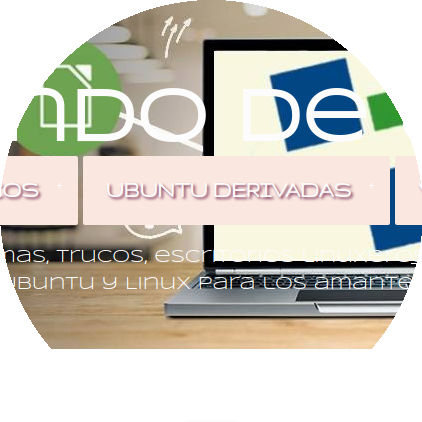 | 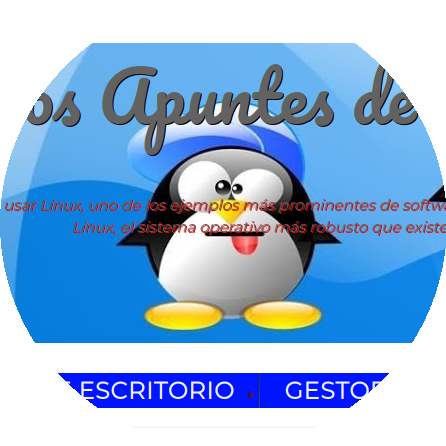 | 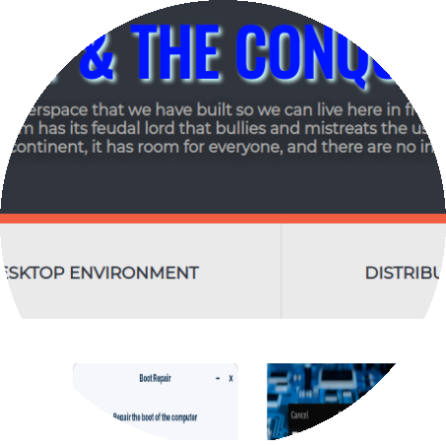 |  |
|---|
